{[(1+1=4)+5=11]+9=19} = 34
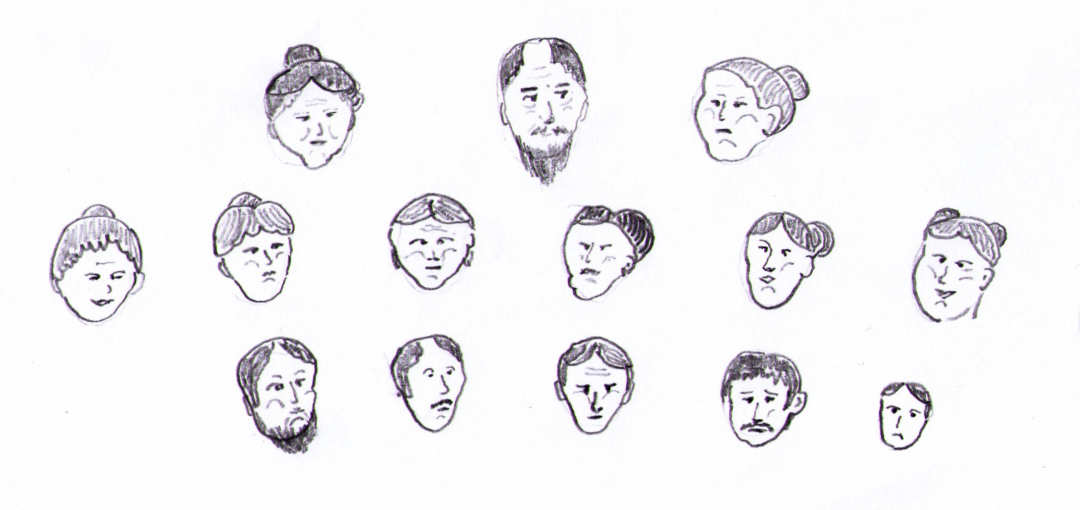
Is this new math? Does it represent some sort of algebra? Is it some sort of secret code? What sort of title is this for a genealogical article? I thought of titling this article: “Numbering Descendants” or “Two Begat Four with Five Begat Eleven…” But, the mathematical idea won out. It’s a puzzle, an enigma, maybe even a new way to report descendants.
Well, I hope it caught your attention! When I put an article together, I am always thinking of a catchy title, something that will make our readers wonder what it’s about and wander with curiosity into the story I have written about our family. Of course, some titles may be mundane because they mainly deal with a story that is names, dates, and places. But, usually Andrew and I create articles that are much more than just statistics and, therefore, require an appealing label.
Let me start by writing about the number of descendants in the Jacob and Christina (Hagenbuch) Kistler family. A few weeks ago, I wrote three articles about the Kistlers. As you folks read it, did you wonder how many descendants were begat from the union of Jacob and Christina? Let’s first remember that Christina (b. 1759) was one of the daughters of the patriarch, Andreas (b. 1715), and his second wife, Anna Maria Margaretha (Friedler). Jacob (b. 1751) and Christina (Hagenbuch) Kistler created seven children: Catherine Bailey, Michael, Johannes, Andreas, Phillip Jacob, Maria Hoppes, and Daniel. We cannot be sure that our research is complete concerning the children of those seven Kistler children as there may be some that have not been identified. But, 33 children from those seven children of Jacob and Christina have been identified. This means that in two generations Jacob and Christina (Hagenbuch) Kistler created 40 descendants.
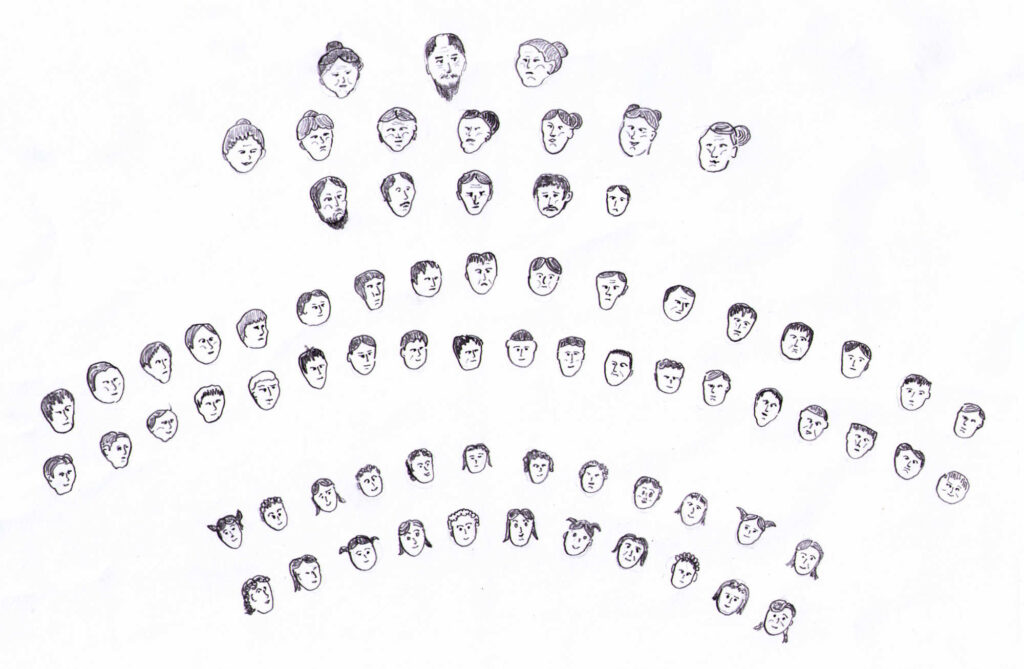
Pictograph depicting Andreas Hagenbuch (b. 1715) and his two wives in the top row, their 12 children in next two rows, and their 59 grandchildren in the last four rows—a total of 71 descendants. Credit: Greg Wonders
Many genealogists begin with themselves and work backwards to research all of their ancestors. When I was just 14 and began listing relatives for a family tree, I decided to start as far back as possible on that tree and work forwards. I created a family tree beginning with my 5th great grandfather, Andreas Hagenbuch (b. 1715), and began researching all of his descendants. The number of his descendants are probably more than the hairs on my head. (Well, of course, as I don’t have much hair anymore!) Actually, Andreas may have more descendants than the number of hairs on most peoples’ heads!
I will begin with Andreas and his two wives, then list his children which number 12: Henry (b. 1737), Catherina Brouss (b. 1739), Anna Maria Schissler (b. 1745), Michael (b. 1746), Christian (b. 1747), Maria Magdalena Stapleton (b. 1750), Anna Elizabeth Reichelderfer (b. 1754), John (b. 1756, d. 1756), Christina Kistler (b. 1759), Anna Margaretha (b. 1761), John (b. 1763), and Anna Barbara (b. 1764). We know for sure that no children were born to the first son John who died in infancy and the last child, Anna Barbara, who is believed to have never married. We have no children born to the marriage of Anna Margaretha Spengler and her husband Henry. However, there could have been children born to them and they are yet to be found.
Counting the children born to the other four sons and four daughters of Andreas and his two wives equal 59. (Although, there could be more, especially in the Schissler, Brouss and Stapleton families.) Adding together the 12 children of Andreas, and the children of those eight children who had children equals 71. So, we know that Andreas with two spouses had at least 71 descendants in the following two generations. Think of all the other descendants that are numbered from those 59 known grandchildren of Andreas, from which many of our readers are originated. We get into hundreds and even thousands of descendants!
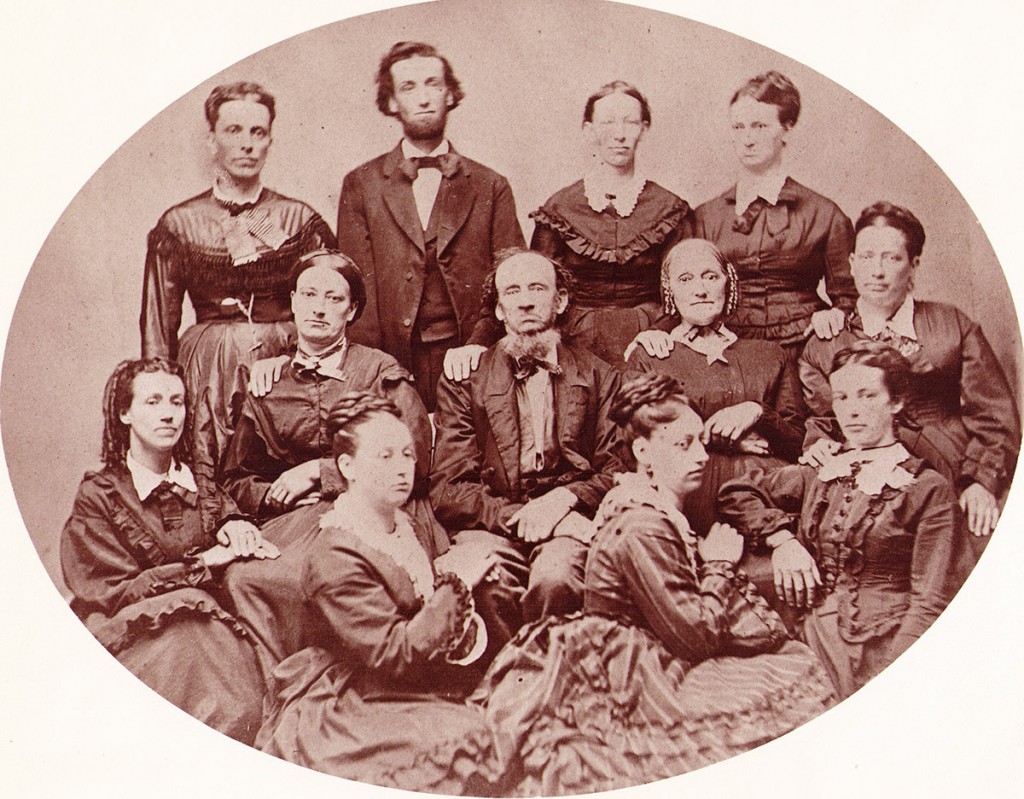
Samuel Hagenbuch (b. 1806) and his wife Susanna (Hess) with 10 of their 11 children, c. 1880. Catherine died in infancy.
Now let’s look at a Hagenbuch family who lived in the mid-1800s. Samuel Hagenbuch was born in 1806 and died in 1884. His ancestral line is: Andreas (b. 1715) > Michael (b. 1746) > Henry (b. 1772) > Samuel (b. 1806). He and his wife, Susannah Hess, lived in Centre Township, Columbia County, Pennsylvania and are buried at Hidlay Church Cemetery. They had 11 children: Hester (b. 1837, m. Charles Goodman), Caroline (b. 1838, m. Franklin Shuman), Julia (b. 1840, m. John Miller), Mary Margaret (b. 1841, m. George Breisch), Isaiah (b. 1844, m. Mary Mauser), Sarah “Sally” (b. 1846, m. Horace Creasy), Diana “Annie” (b. 1848, m. Clinton Shuman), Lydia (b. 1851, m. William Stahl), Mahala (b. 1854, m. William Brewer), Matura (b. 1856, m. James Mills), and Catherine (b. 1859, d. in infancy).
Although Samuel and Susannah (Hess) Hagenbuch were prolific in their begatting of children, their grandchildren do not number as highly as one would believe. Research has shown that Hester and Charles Goodman had no children and neither did Matura and James Mills. Altogether the remaining nine children had a total of 25 children which is an average of less than three children for each couple. One would think that even in the late 1800s the number of Samuel’s and Susannah’s grandchildren would be higher. However, with the number of children they had, their total number of descendants in two generations still equals 36.
Samuel Hagenbuch’s brother, William (b. 1807), is my great great grandfather. He was married twice and had nine children. Two of those children died young: Jacob (b. 1840) and Catherine (b. 1841). Two of his daughters, although married, had no children: Eliza Hess (b. 1836) and Matilda Reichard (b. 1850). The other five children—Sarah Clark (b. 1833), Mary Ann Foust (b. 1842), Hiram (b. 1847), Joseph (b. 1852), and Emma (b. 1854)—begat a total of 28 children. The total number of descendants for William Hagenbuch and his two wives, taking into account only two generations, equals 37. Almost a third of that number are the children of my great grandparents, Hiram and Mary Ann (Lindner) Hagenbuch, who had 12 children together!
Let’s compare that to my own family. My wife Linda and I have three children: Andrew (b 1981), Katie Emig (b. 1983), and Julie (b. 1986). We have four grandchildren. Andrew has two sons and Katie has two daughters. So, in two generations, Linda and I have created seven descendants. My sister Barbara (Hagenbuch) Huffman has two children. From her daughter’s marriage there are two children—a total of four descendants for Barb and her husband Tom. My brother Robert “Bob” and his wife Marcia have three sons, all married. Those couples have begat 10 children—a total of 13 descendants for my brother Bob and his wife Marcia. My brother David (with two wives) has three children and two of those children have children—total of three grandchildren for my brother Dave. So, in those two generations he has a total of 6 descendants.
We have often heard it said that folks “back in the day” had more children because they needed them to work on the farms. However, what makes more sense is that folks back then did not have the modern contraceptives that we have had for the past 100 or so years. Also, women have had more options in the past 100 years or so than to marry and have a passel of children! Furthermore, as prices rose on food, clothing, and all those items needed to take care of children, people decided not to have as many children. There are, of course, other circumstances that weigh in on the number of children that a couple may have. For example, the fact that some families are more prolific than others can also be due to the ease of a couple creating children!
But, what about that strange mathematical sentence that is the title of this article? Here is a clue: Linda’s and my mathematical equation for two generations is: [(1+1=3)+2=4]=7. Sister Barb’s equation is: [(1+1=2)+1=2]=4. Brother Bob’s equation is: [(1+1=3)+3=10]=13. Brother Dave’s equation is: [(1+2=3)+3=3]=6. So, whose equation is in the title? It’s my parents’, Homer (b. 1916) and Irene (Faus) Hagenbuch (b. 1920); and instead of two generations as we’ve had in all the previous generational equations, this one covers three generations. My parents (1+1) had 4 children. Three were married once and had children, while my brother Dave had children with two marriages (4+5). All those marriages produced 11 children, 9 of them married, with 8 of those producing children through marriage totaling 19 great grandchildren for my parents. Altogether in three generations, my parents created 34 descendants.
This generational discussion and algebraic activity isn’t meant to confuse anyone. Rather, it is to show that the number of descendants from a man and woman can sometimes be large, sometimes small, and sometimes none at all. Of course, that statement is not jaw dropping! But, for me, writing this article did create another way to look at family—of generations, of descendants, and how our family has grown exponentially. It also gave me a chance to come up with some different ways to depict and describe our family by using mathematical equations that almost make no sense, as well as pictographic and photographic representations showing the number of descendants that can be created. Writing this article supports that our ancestors long ago, for the most part, did have large families and probably for the reasons stated above. It also gave me some fun and some whimsy while exploring “begatting.” The final word comes from an unknown author: “Friends may come and go, but relatives tend to accumulate!”

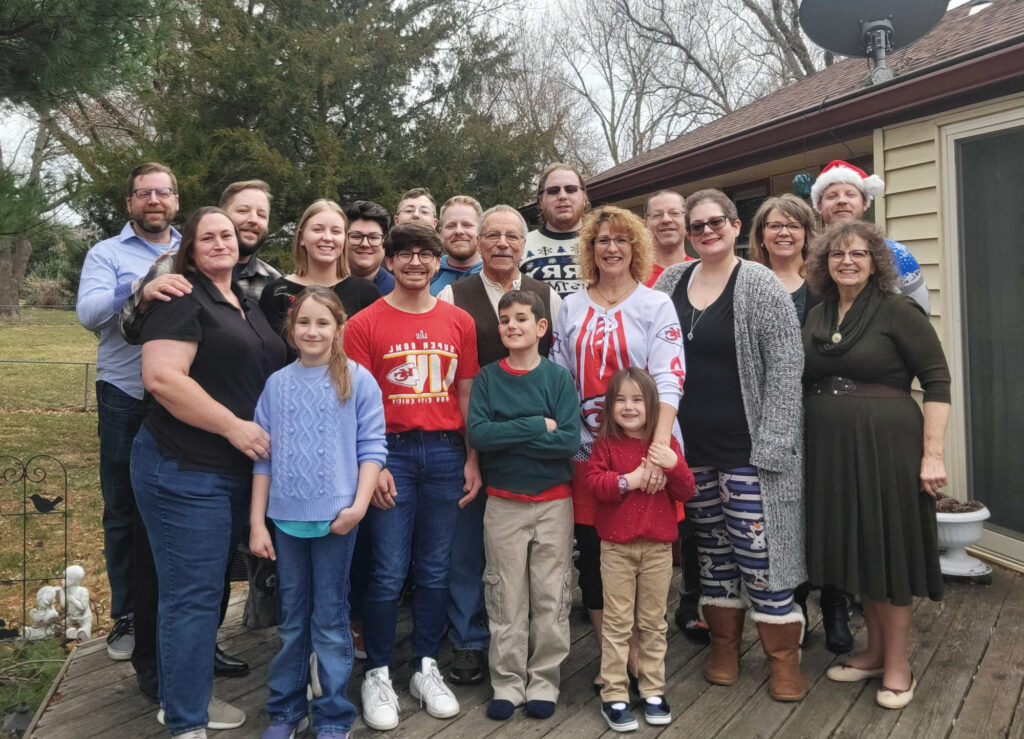
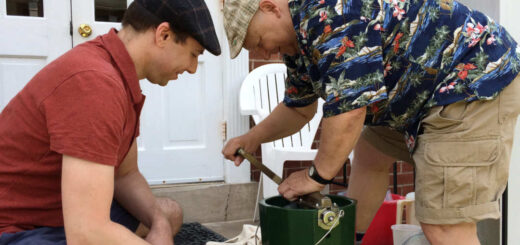
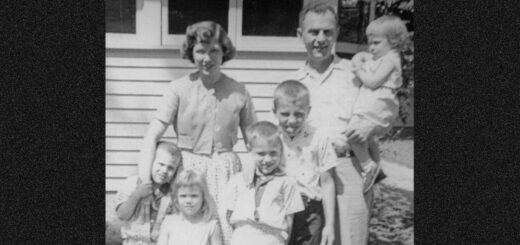
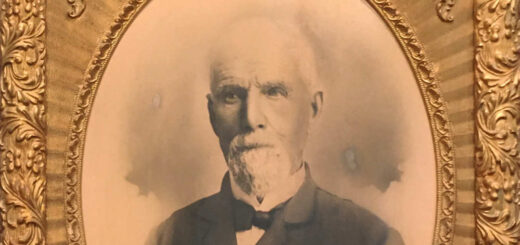














excellent article .. I do want to clear up one thing .. the entry “My brother David (with two wives)” .. at no time was I married to two women at the same time!!!! There, that’s better!! Thanks again Mark!!!!
This one made my head spin !! Too many numbers . Wow !
Great informative article .